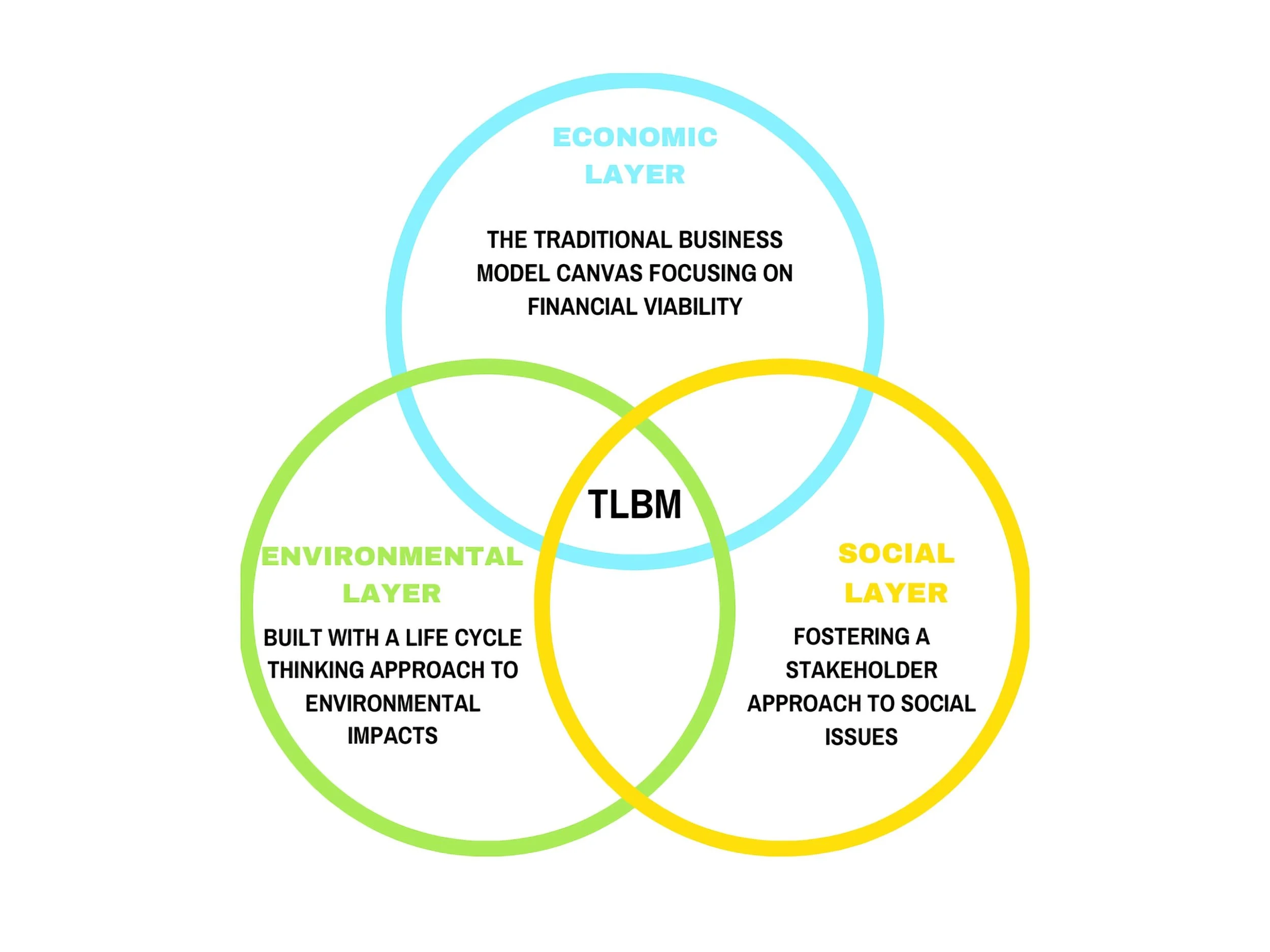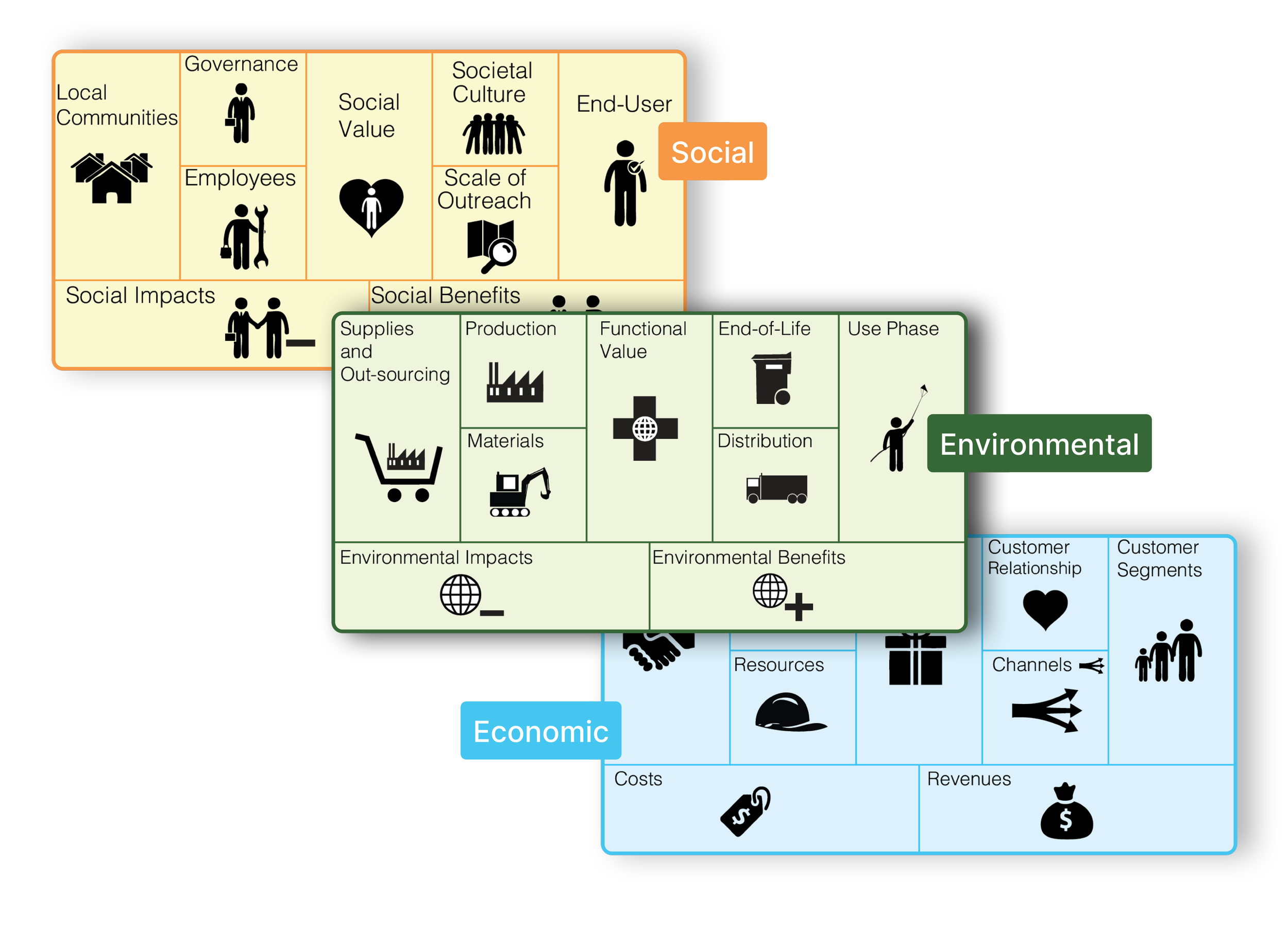Designing a Sustainable Future: Insights from Crafting ELEXIA’s Business Model
Vasia Schoina | October 13th 2025
Designing a Sustainable Future: Insights from Crafting ELEXIA’s Business Model
Translating ELEXIA's expertise into a scalable model supporting Europe's clean energy transition.
Earlier this year, our innovation team found itself surrounded by post-its, whiteboards, and the buzz of ideas. We were hosting a workshop on the Triple Layer Business Model Canvas (TLBMC) - a framework that pushes you to think how a project delivers value economically, socially and environmentally.
We chose to focus the session on ELEXIA, a Horizon Europe project we’re deeply involved in. The goal was simple but ambitious: to translate ELEXIA’s technical expertise into a business model that supports Europe’s clean energy transition in a sustainable, scalable way.
Connecting Energy, People, and Purpose
At its core, ELEXIA is about integration - bringing together energy systems and facilitating the shift towards digital transition, so that higher levels of control for electricity demand can be achieved. It’s a project that sits at the intersection of digital innovation and sustainability.
Our team’s role touches many fronts: exploitation strategy, communication, dissemination, and some of the technical work, including critical-asset health monitoring within the project’s Energy Management System (EMS).
When we started working on ELEXIA, we knew that technical success alone wouldn’t be enough. To truly make a difference, we needed a clear vision of who benefits, how value is created, and what kind of impact the project leaves behind.
The Triple Layer Business Model Canvas (TLBMC)
Turning Dialogue into Insight
The TLBMC workshop gave us the perfect opportunity to explore those questions together with the project’s consortium partners.
We designed a questionnaire that would capture their perspectives across all three layers of the canvas - economic, environmental, and social. Instead of a dry survey, it turned into a real conversation.
To guide the discussion, the innovation team introduced consortium partners to the specific methodology, which covered:
Economic aspects such as customer segments and revenue streams.
Environmental perspectives including lifestyle impacts and sustainable resources.
Social dimensions such as affordability and equity.
Futhermore, the strategy for consolidating partners’ inputs inputs, was thoroughly presented, explaining how their responses would be clustered and translated into a holistic business model for ELEXIA.
Following the workshop, the questionnaire was distributed to all consortium members to gather their responses. The collected responses formed the foundation of a consolidated analysis, which was later integrated into the project’s Sustainable Business Models. The results revealed significant findings across all three TLBMC layers - Economic, Environmental, and Social - providing a clear picture of how ELEXIA delivers value at multiple levels.
The Methodology of the Triple Layer Business Model Canvas (TLBMC)



